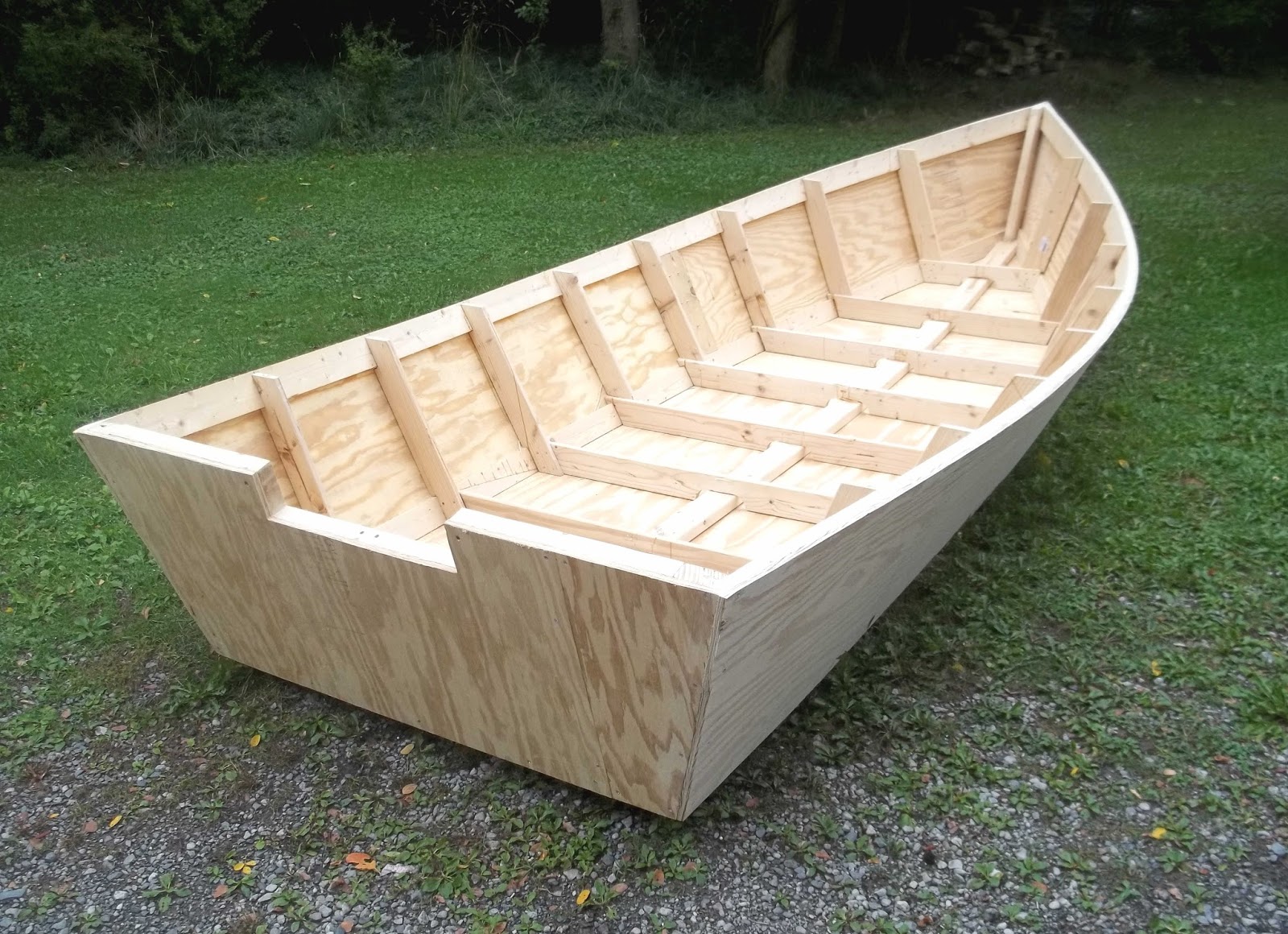
Beyond the Blueprint: Unveiling Hidden Gems in Simple Small Boat Plans for Beginners
Building your own boat is a dream for many, a blend of craftsmanship, engineering, and the undeniable allure of the open water. But navigating the world of "simple small boat plans" can feel overwhelming. This review goes beyond the typical build guides, exploring often-overlooked aspects crucial for a successful and rewarding project.
The Unsung Hero: Material Selection Beyond the "Recommended" List
Most plans offer a suggested materials list. But what if your local lumberyard doesn't stock the exact species? Or what if you want to experiment with more sustainable options?
Q: Can I substitute wood types in my small boat plans?
A: Absolutely! The key is understanding wood properties. While the plans might suggest cedar for its rot resistance, you could explore alternatives like responsibly sourced redwood or even treated pine (following proper sealing techniques, of course). Consult a wood properties chart (easily found online) comparing density, strength, and rot resistance. A denser wood might require more effort to shape, but could ultimately yield a more durable hull. Consider the trade-offs and always factor in appropriate waterproofing.
Q: What about recycled materials? Is that even feasible?
A: The burgeoning maker movement embraces sustainability! Think reclaimed lumber from pallets (carefully inspected for soundness), or even repurposed marine-grade plywood from decommissioned structures. This adds a unique character to your boat and reduces your environmental impact. However, thorough inspection and preparation are essential to ensure structural integrity.
Beyond the Build: The "Soft Skills" Often Overlooked
Building a boat is more than just following instructions. Success hinges on often-unmentioned "soft skills."
The Importance of Sketching and Planning
Many beginners dive straight into cutting wood. However, taking time to meticulously sketch your boat, exploring variations, and even creating a 3D model (using free software like SketchUp) can save countless hours of rework and frustration. This allows for adjustments before you commit to cutting wood.
Mastering the Art of Problem-Solving:
Inevitably, you'll encounter unexpected challenges â€" a warped plank, a miscalculation. Don't get discouraged! Embrace the problem-solving aspect. Consult online forums, reach out to experienced boat builders, and learn to adapt your plans. This is where true craftsmanship flourishes.
Real-World Stories: Lessons Learned
One hobbyist, John, found himself struggling with a complex joinery technique detailed in his plans. Instead of giving up, he researched alternative methods and opted for a simpler, equally strong join, customizing his boat based on his own skillset. This resulted in a project he completed with greater confidence and satisfaction.
Another builder, Maria, initially chose an overly ambitious plan for her first project. Her experience highlights the importance of starting with a simpler design that will allow you to develop essential skills and confidence before tackling more complicated builds.
Educational and Practical Applications
These principles extend beyond hobbyists. Educational institutions can incorporate boat-building projects into woodworking and engineering curricula, teaching problem-solving, design thinking, and the practical application of theoretical knowledge. Similarly, woodworking craftsmen can expand their skills into a new and rewarding realm.
In conclusion, successful small boat building isn't solely about adhering to plans; it's about understanding the materials, developing crucial soft skills, and embracing a spirit of ingenuity. By focusing on these often-overlooked aspects, you can elevate your boat-building experience from a simple project to a rewarding journey of learning, creativity, and personal achievement.

0 comments:
Post a Comment
Note: Only a member of this blog may post a comment.